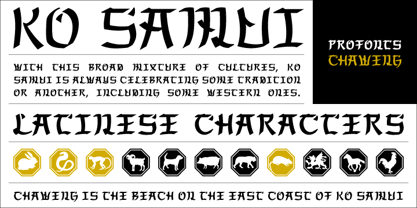Vous pouvez utiliser une licence Electronic Doc pour intégrer le fichier de fonte dans une publication électronique telle qu'un livre électronique, un magazine électronique, un journal électronique ou un PDF interactif.
Une licence Electronic Doc est basée sur le nombre de publications dans lesquelles la fonte est utilisée. Chaque numéro compte comme une publication distincte. Les variations régionales ou de format ne comptent pas comme des publications distinctes.
Les versions mises à jour des publications gratuites pour les clients précédents ne nécessitent pas de nouvelle licence ; dans le cas contraire, chaque nouvelle version publiée est considérée comme une publication distincte, chaque nouvelle version est considérée comme une publication distincte.
For font usage in graphic images shown as the ePub cover, consider a Desktop license instead as most allow for it.
